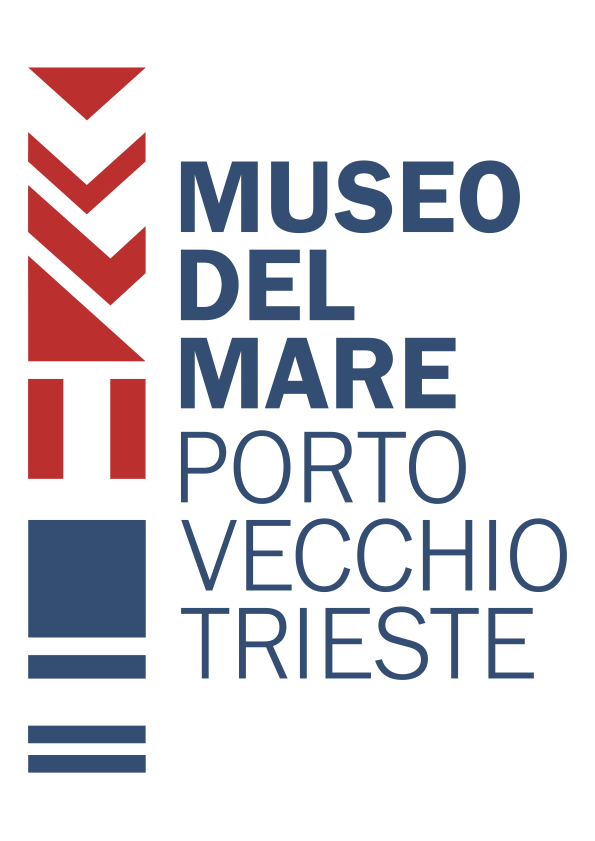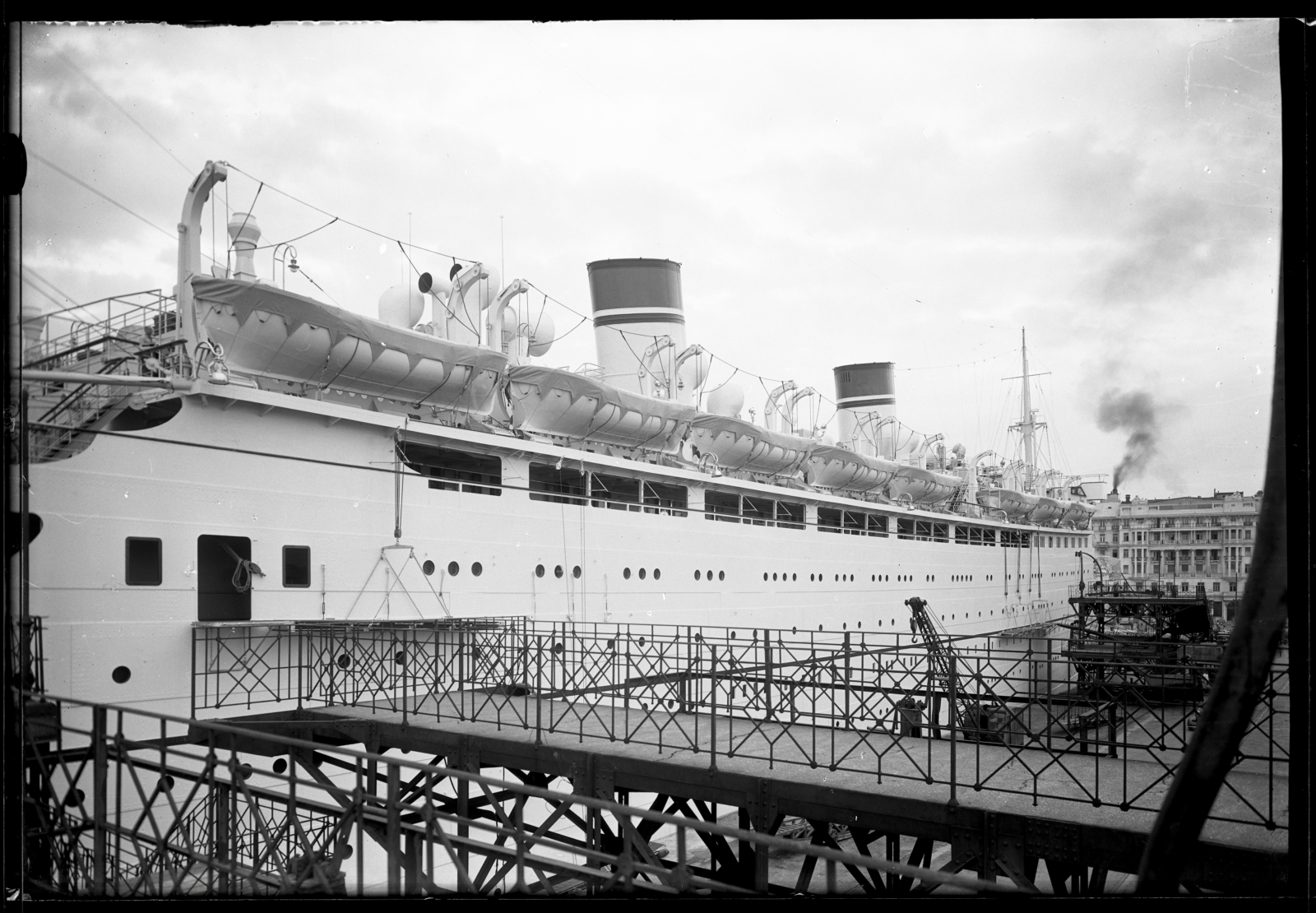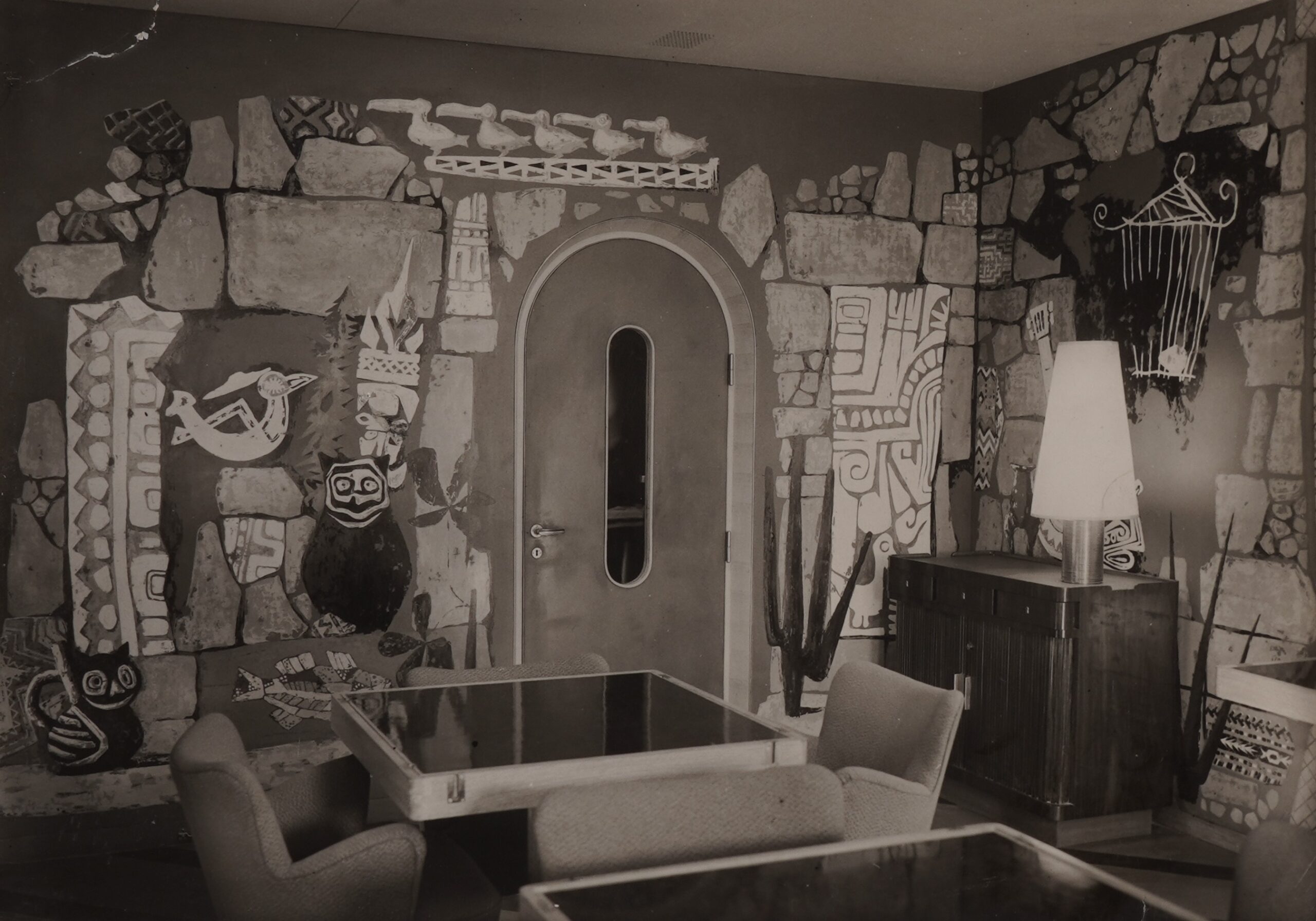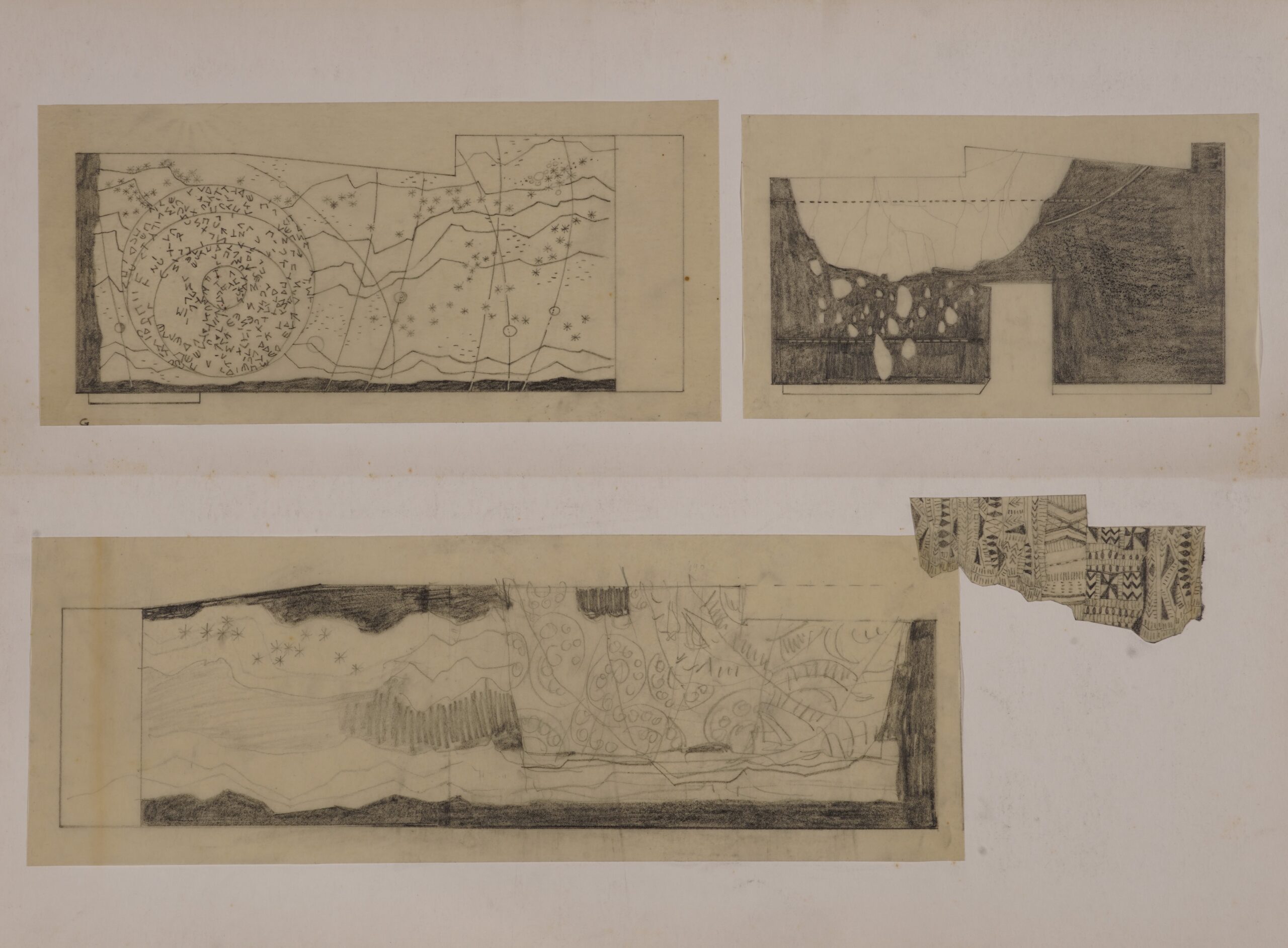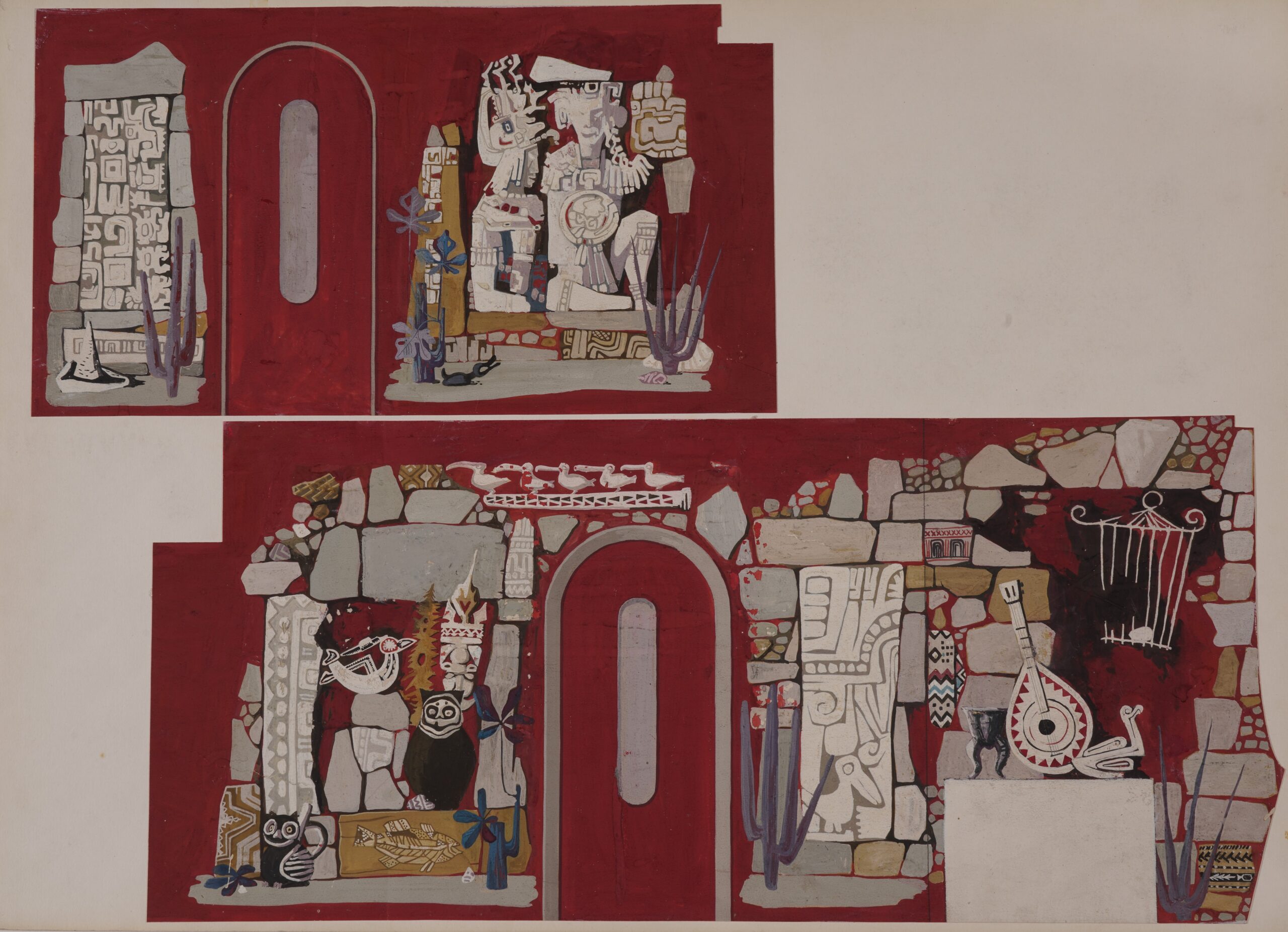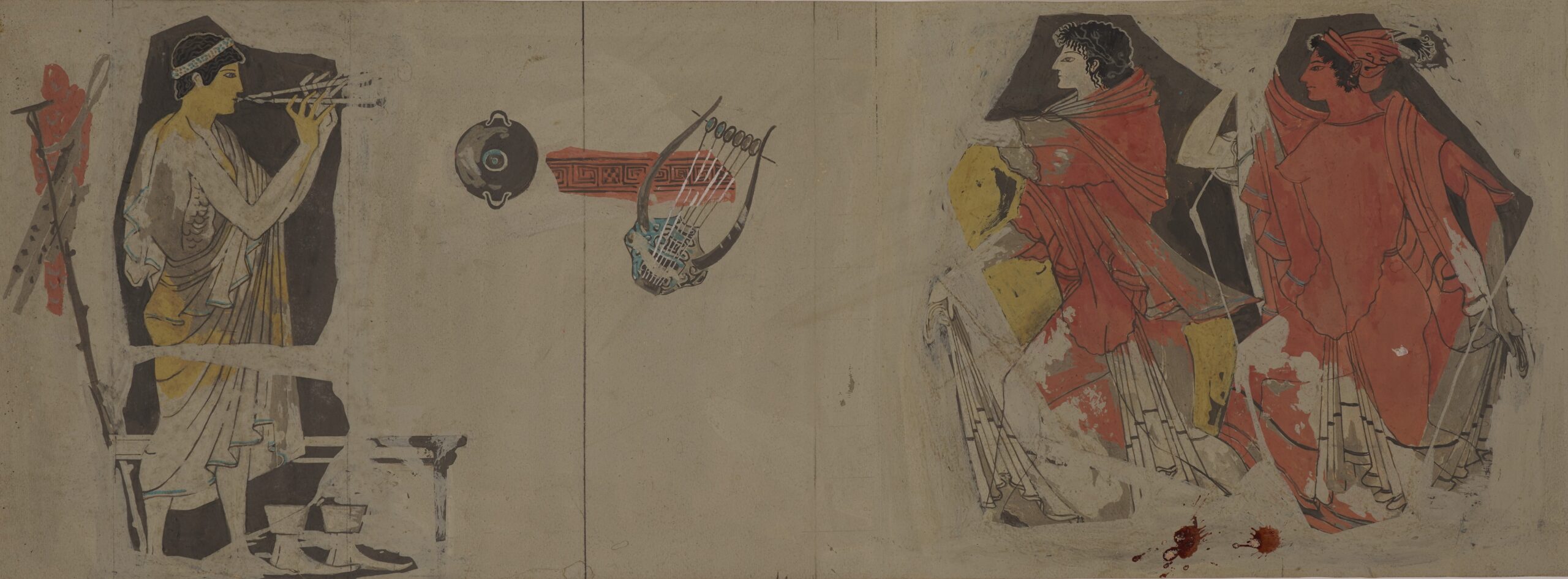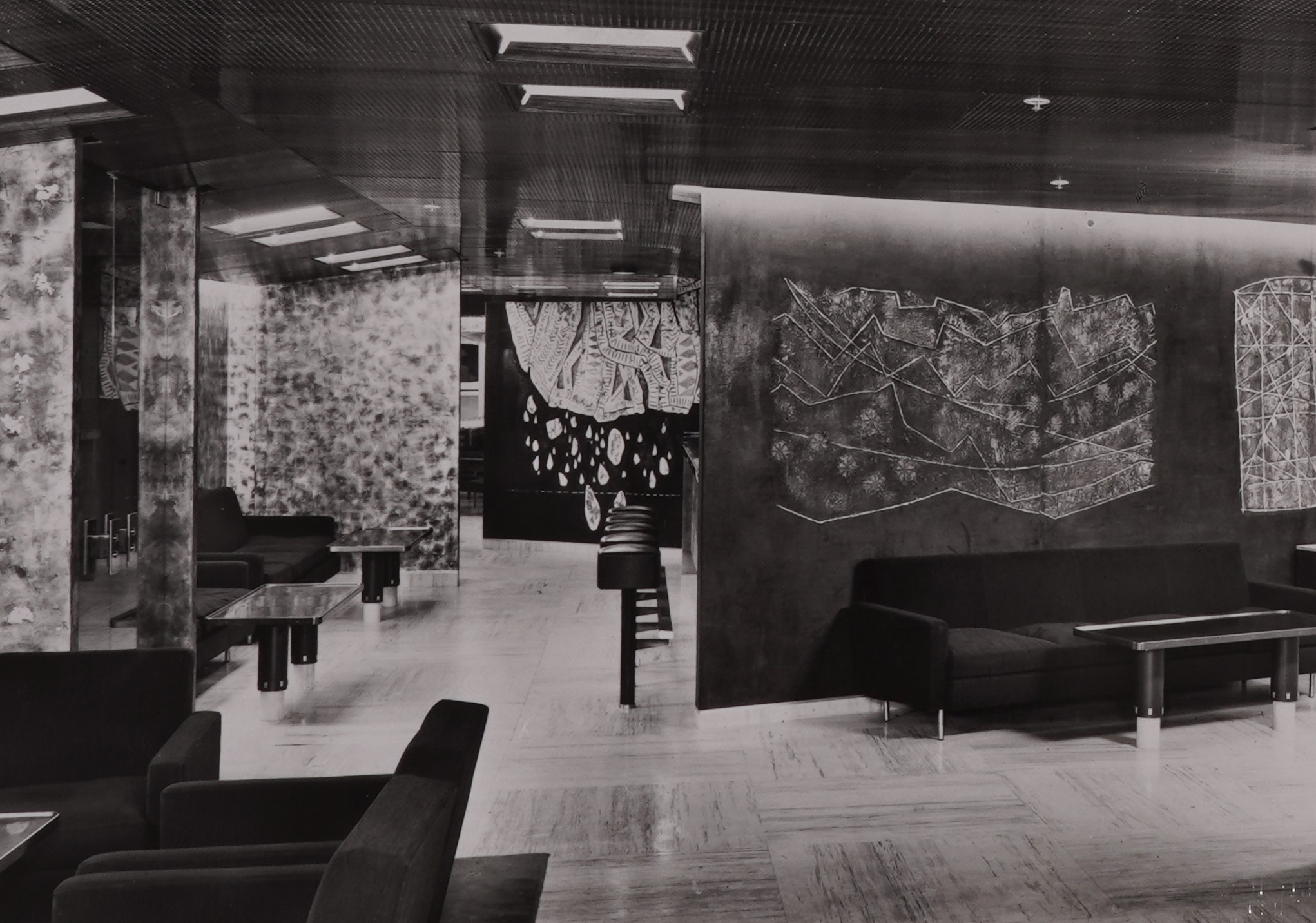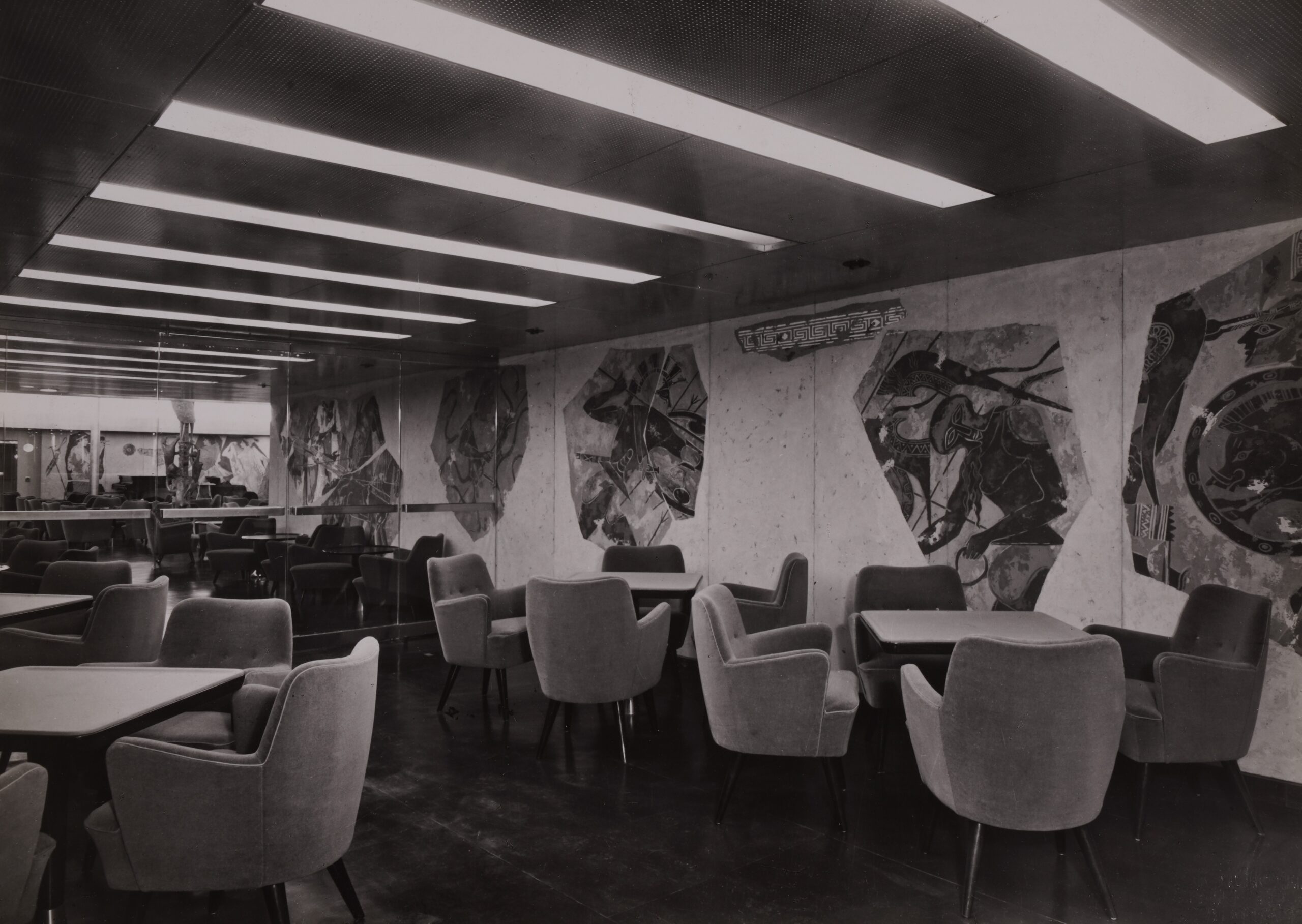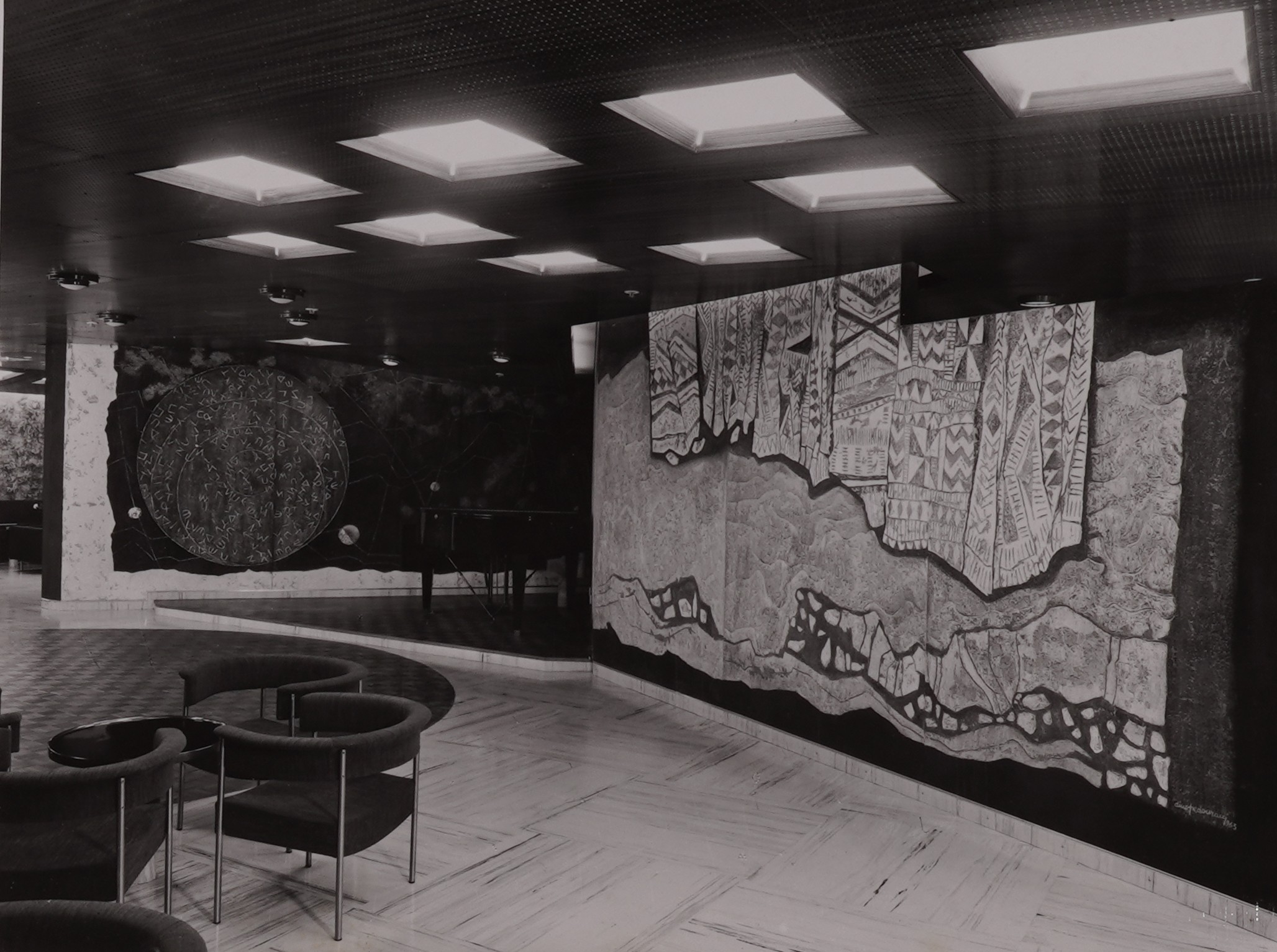Dino Predonzani. Artist and naval decorator
In the Italian art scene of the 20th century, Dino Predonzani (Koper 1914 – Trieste 1994) was a talented and multifaceted artist. In his long career, he has always been interested in the search for new figurative languages and experimentation with new techniques.
His activities ranged from easel painting to graphic art, in which his skills as an easygoing draftsman emerged, from ambient decoration in fresco and mosaic to creating sketches for theater sets and his significant production in naval decoration.
His artistic training in painting and decoration began in Trieste at the Scuola per Capi d’Arte (arts and crafts school). Then, he continued at the Academy of Fine Arts in Venice, graduating in 1938. In that year he won first prize at the XXI Biennale for his fresco Attesa ai ludi sportivi, marked by plastic and pictorial values, the compositional order of the classical tradition, particularly Piero della Francesca, also present in the sketches for the competitions for the decoration of the Palazzo dei Ricevimenti e dei Congressi and that of the Armed Forces at Eur.
After the painful interlude of the war, which saw him deported between 1943 and 1945 to various extermination camps between Poland and Germany, he returned to life through painting, first embracing the Surrealist matrix and then approaching abstractionism in the 1950s.
After World War II, he began his activity as a naval decorator, which was of considerable importance, as shown by the large corpus of 538 drawings, including sketches and preparatory studies donated by his niece Lia Brautti to the Civico Museo del Mare (Maritime Museum of Trieste). These artworks provide evidence of his intense work on liners from the late 1940s to the mid-1960s, and some of the most beautiful examples are on display in this exhibition. Executed in a variety of techniques, from black pencil and various colors to tempera, they attest Predonzani’s complex process of composition and reworking of the subject: the first ideas fixed in rapid and synthetic sketches, the intermediate sketches for the clients and the final projects.
The artist always managed to establish a collaborative exchange with the architects with whom he worked side by side in the decorative design of the ship, on the one hand adapting to their vision but on the other hand always maintaining his creative autonomy.
It was precisely with the architect Pulitzer Finali that he entered into a collaboration, described as “an unrepeatable experience” by the artist himself, which led him to conceive the decoration of some of the rooms for the ships Esperia (1949), Conte Biancamano (1949), Giulio Cesare (1951) Augustus (1952), San Giorgio (1956), Caralis (1957), Galileo Galilei (1963) and Oceanic (1965).
Predonzani also worked in great harmony with Zoncada on the Leonardo da Vinci (1960) and Oceanic (1965), and with the quartet of architects of Trieste on the ships Australia (1951), Augustus (1952), Africa (1952), Homeric (1955), Galileo Galilei and Guglielmo Marconi (1963).
The exhibition focuses on Predonzani’s interventions on six ships, for which the fund of drawings donated by his granddaughter preserves a large group of drawings including sketches and sketches, along with original photos of the built environments, and precisely: the Esperia (1949), Count Biancamano (1949), Australia (1951), Homeric (1955), Leonardo da Vinci (1960) and Guglielmo Marconi (1963).
